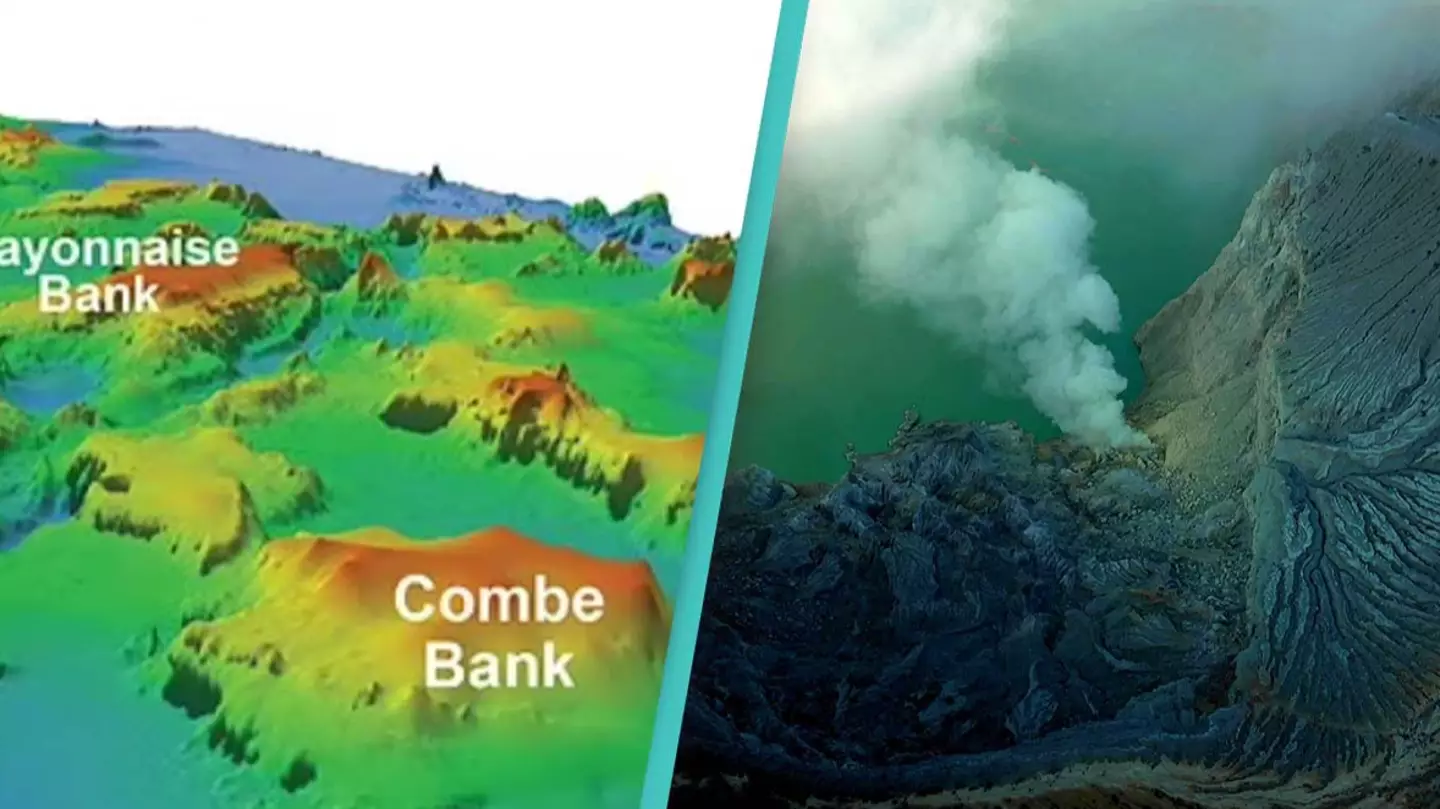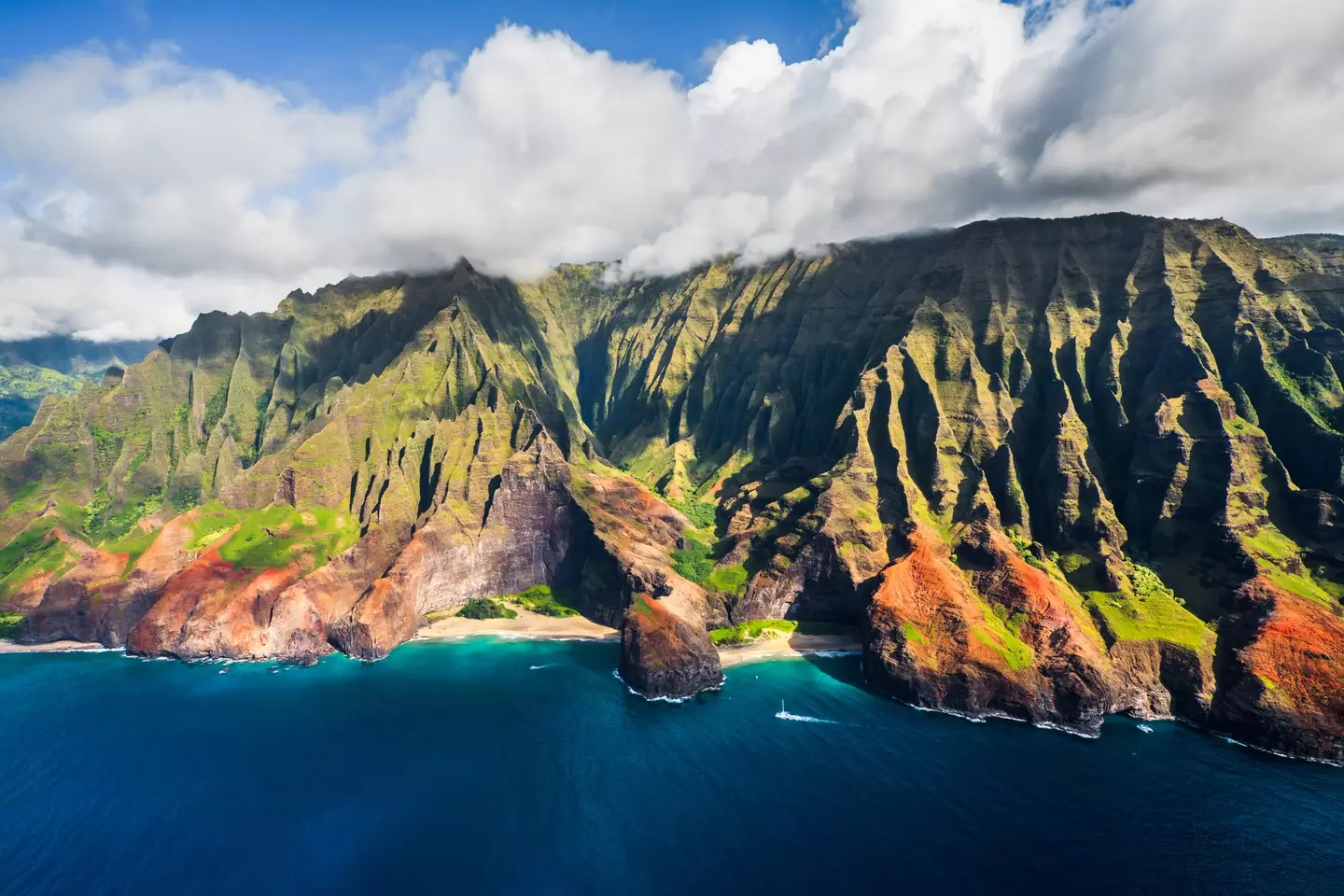
Topics: News, World News, Science

Topics: News, World News, Science
Scientists have uncovered an enormous underwater volcano located deep beneath the Pacific Ocean.
The structure is found several hundred miles north of Fiji, and covers an area of sea floor larger than that of Idaho.
And the make-up of this volcanic structure could tell us a lot about how the sea floor is structured.
It's called the Melanesian Border Plateau and is the result of volcanic activity over several different stages, with the first stage beginning some 145 million years ago.
Advert
Not only that, the structure is not done yet and is still growing millions of years later.
Volcanic activity on the ocean floor is nothing new, with many islands having formed after a volcano erupted from beneath the surface.
It was this process which formed islands such as Hawaii and Japan.
Others don't breach the surface, instead forming sea mounts. These are giant underwater mountains that can act as a magnet for marine life in the open ocean.
Advert

Now scientists have been carrying out additional research on the structure, which is no easy task in water up to 2,000ft (610 metres) deep.
But the work is important, offering insight into some of the forces which contributed to the world as we know it today.
Not only that, but it could allow us to visualise how the planet could look in the future.
Advert
Despite the appearance of a single huge event forming the superstructure, it actually took a very long time.
Kevin Konrad leads the team of scientists researching the structure, and explained how it might have taken much longer.
He told Live Science: "There are some features in the Pacific basin where [scientists] have only a single sample, and it looks like a very large massive single event.

Advert
"Sometimes when we sample these features in detail, we realize they're actually built over multiple pulses over tens of millions of years and wouldn't have significant environmental impacts."
Instead of one enormous event, it seems that the structure as we know it today actually formed over four different stages of volcanic activity.
The earliest of these occurred when the dinosaurs still walked the Earth during the Cretaceous Period.
This saw a volcanic hot spot burn through the outermost layer of the Earth's crust, before the Eocene Epoch when a second event enlarged what was already there.
Advert
The third happened in the Miocene Epoch as the region passed over the Samoa hotspot.
And the final flurry of activity forming the structure is still happening today.
Scientists are set to continue to sample the structure, which Konrad believes will allow them 'to find more complexity'.